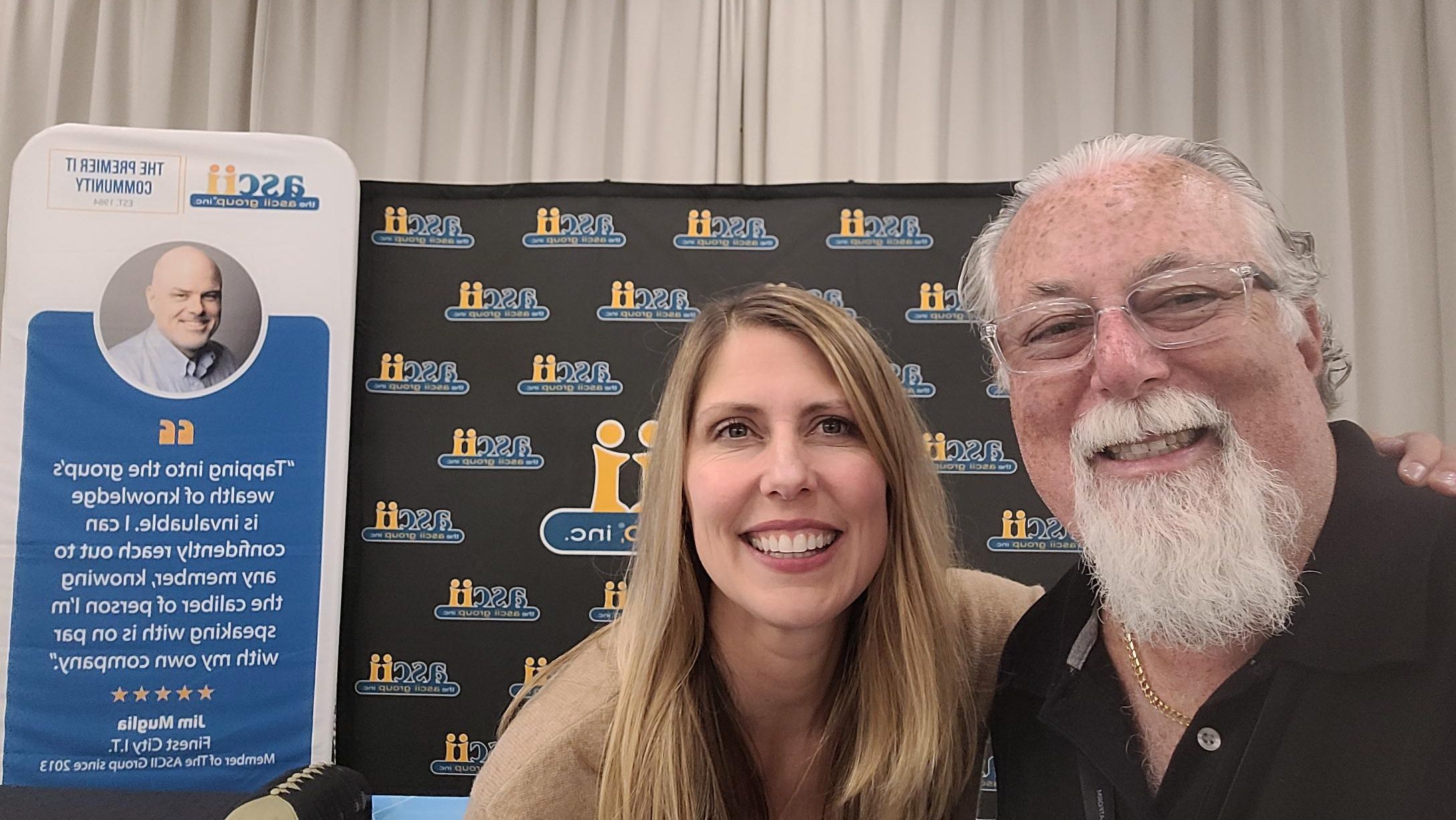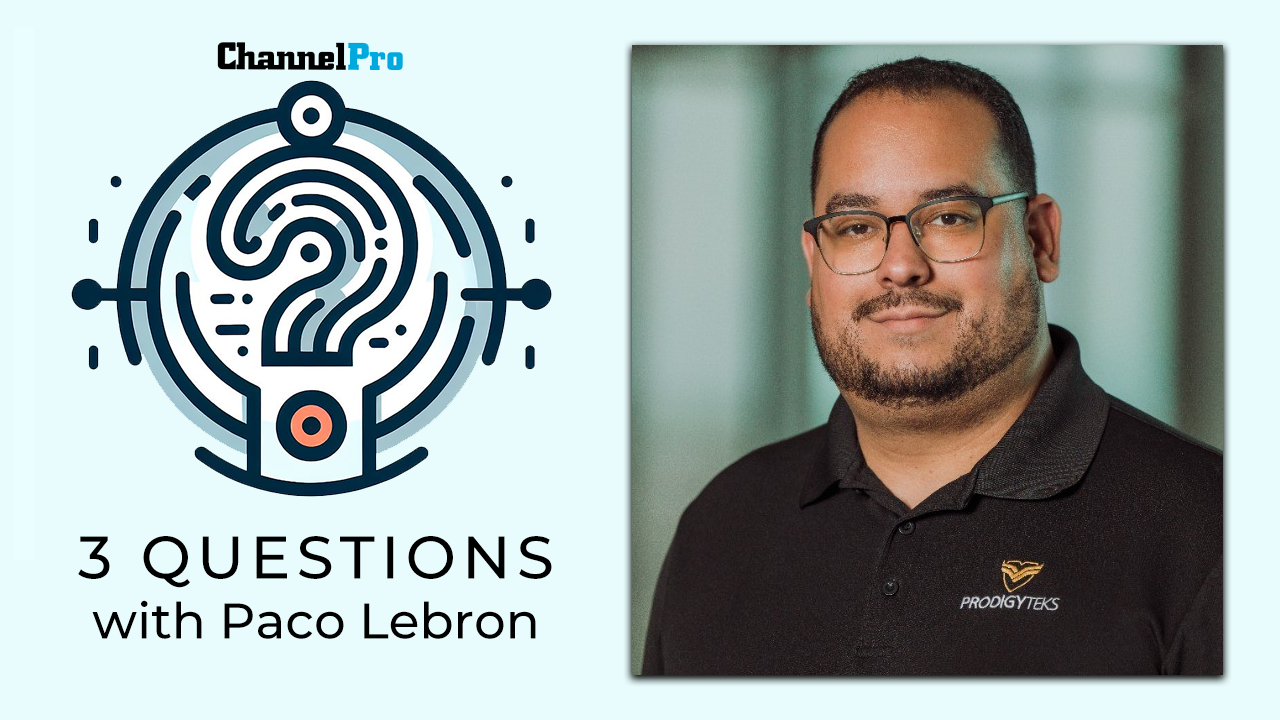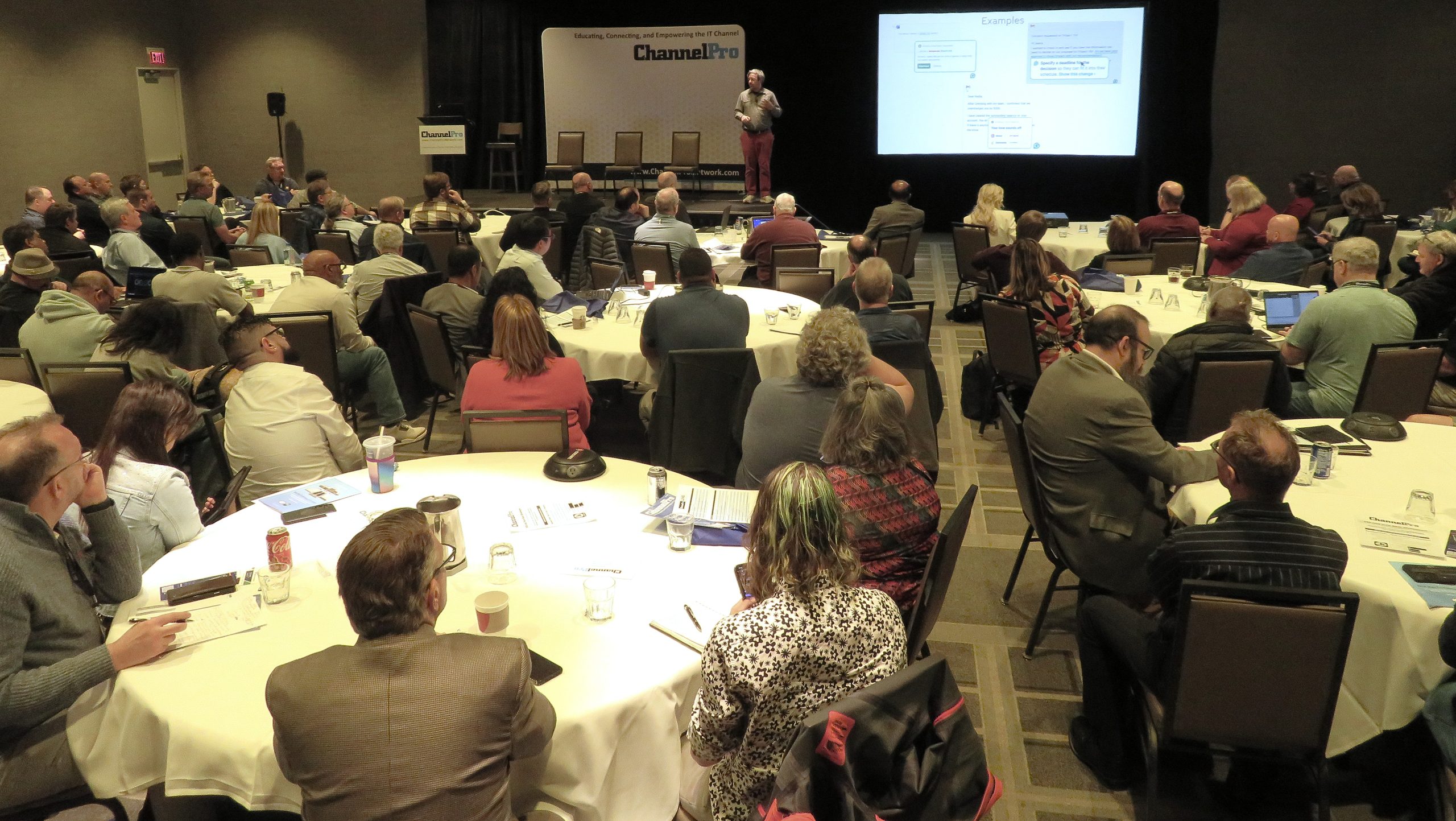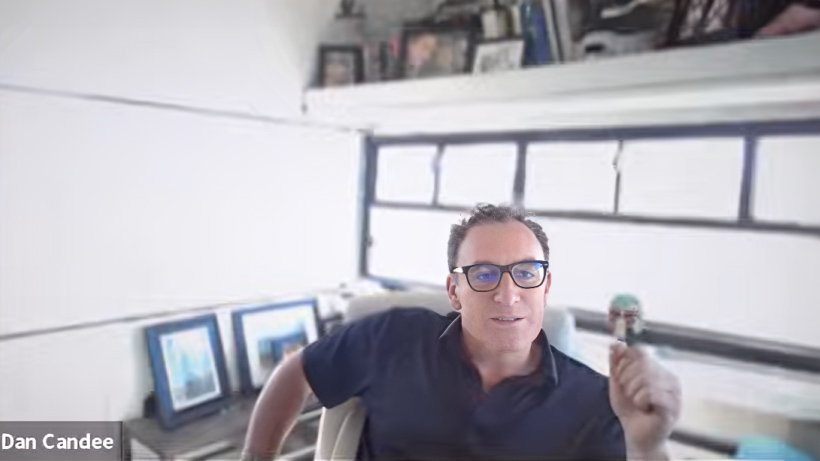SYNNEX Corp. CEO Kevin Murai kicked off the general session at the distributor’s 2013 National Conference in Greenville, S.C., with an update on the company and some statistics on what he calls “powerful drivers in today’s market”-cloud, mobility, the software-defined data center, and Big Data and analytics.
“We’ve had a tremendous year so far,” noted Murai, who specifically mentioned the acquisition of Supercom in Canada, a wholesale computer distributor that will provide SYNNEX with access to key parts of the market. That acquisition also added $400 million to the distributor’s top line, making it one of the biggest IT distributors in Canada.
And with the pending acquisition of IBM’s business process outsourcing business, the company will be further investing in its services business. Currently, SYNNEX has more than 10,000 people working in services around the world. When the acquisition is complete, it will have 45,000 services employees and revenues of more than $1.4 billion.
Murai’s summary for partners? “We’re on a roll and we’re growing.”
The CEO then talked about drivers in the market, offering a few statistics and advice for the audience:
Cloud computing
- One in seven dollars will spent in the public cloud by 2015.
- For 70 percent of start-up companies, cloud is a long-term strategy.
Mobility
- 60 percent of information workers will interact with content apps via a mobile device by 2015.
Software-Defined Data Center
- $3.8 billion will be spent globally by 2016.
- The Immediate opportunity for partners is software-defined networks.
Big Data and Analytics
- 64 percent of organizations have or will invest in Big Data this year.
After talking about these opportunities, Murai took a page from SYNNEX’s own playbook, cautioning resellers: “You can’t be everything to everybody. Focus on specific markets or technologies you can be an expert in, which is what we do.” The vertical markets in which SYNNEX has gone “narrow and deep” include government, healthcare, and retail, realizing double-digit growth across these business units.
WINDOWS XP-WHAT’S NEXT?
On the subject of Windows XP, for which Microsoft ends support in April 2014, Murai noted that there are 100 million users still on the OS. “The natural progression would be to Windows 7,” he said, “but you need to talk about the commercial benefits of Windows 8-it’s faster, uses less resources [extended battery life], security is enhanced, and there’s tight integration with cloud services like Office 365, SkyDrive, and Lync.”
As with Windows 8, Murai advised partners to take today’s new technologies-cloud, mobility, and enhanced data pipelines and Wi-Fi-and turn them into “useful, valuable solutions for customers. Help them be more successful by leveraging technology-taking advantage of technology.”
Murai’s takeaway message: “Take advantage of what’s going on-there’s lots of opportunity.”












